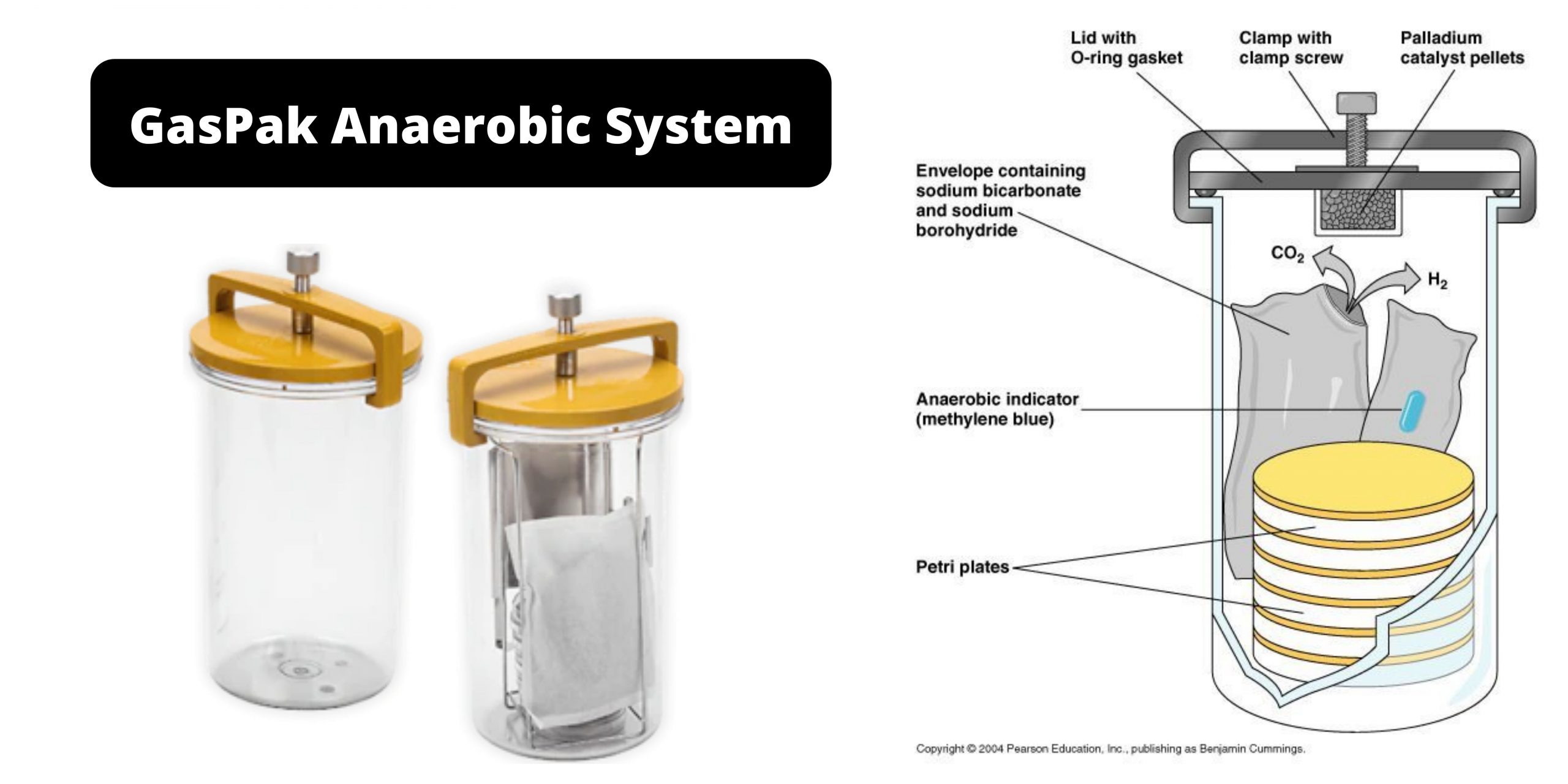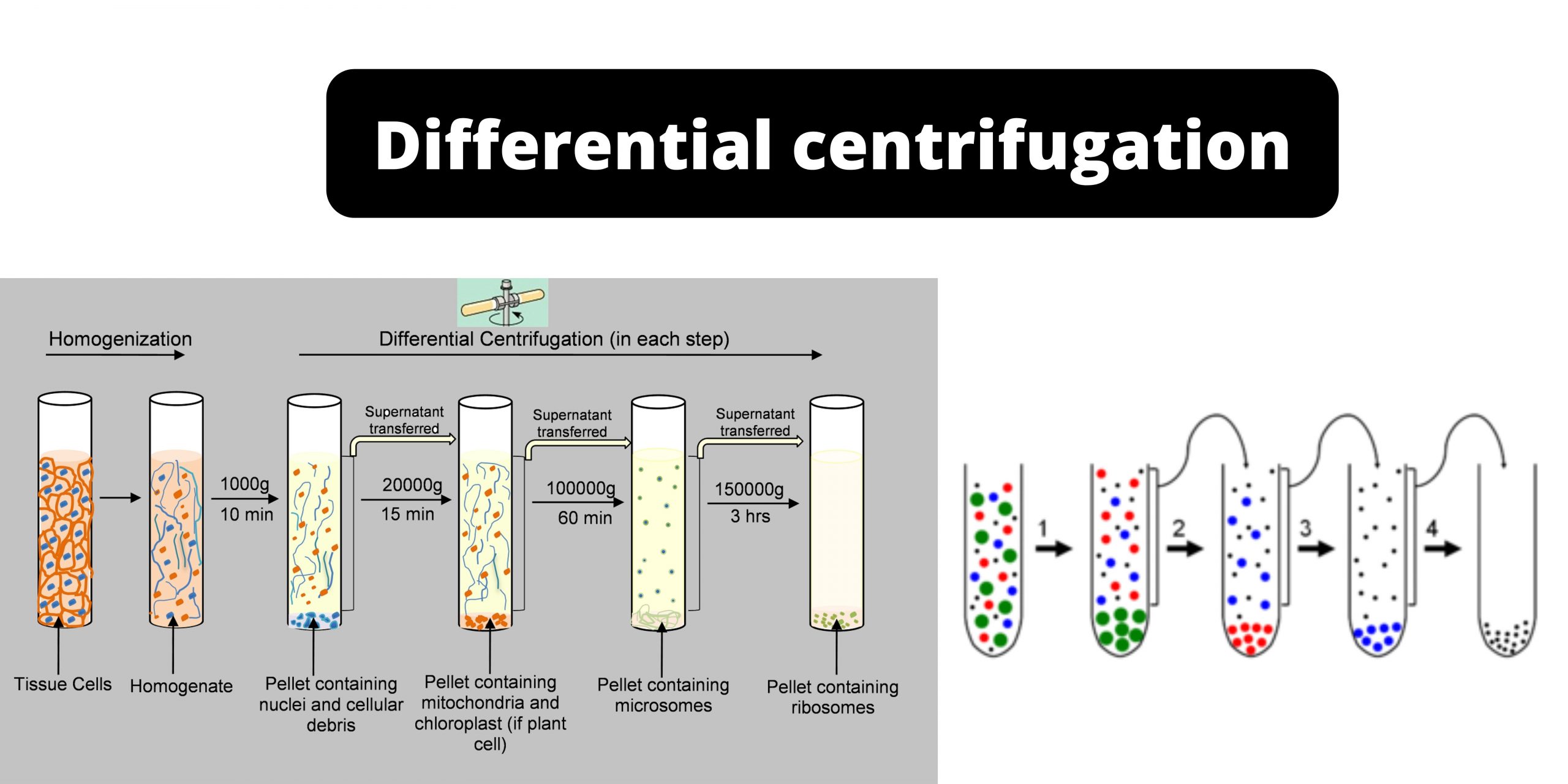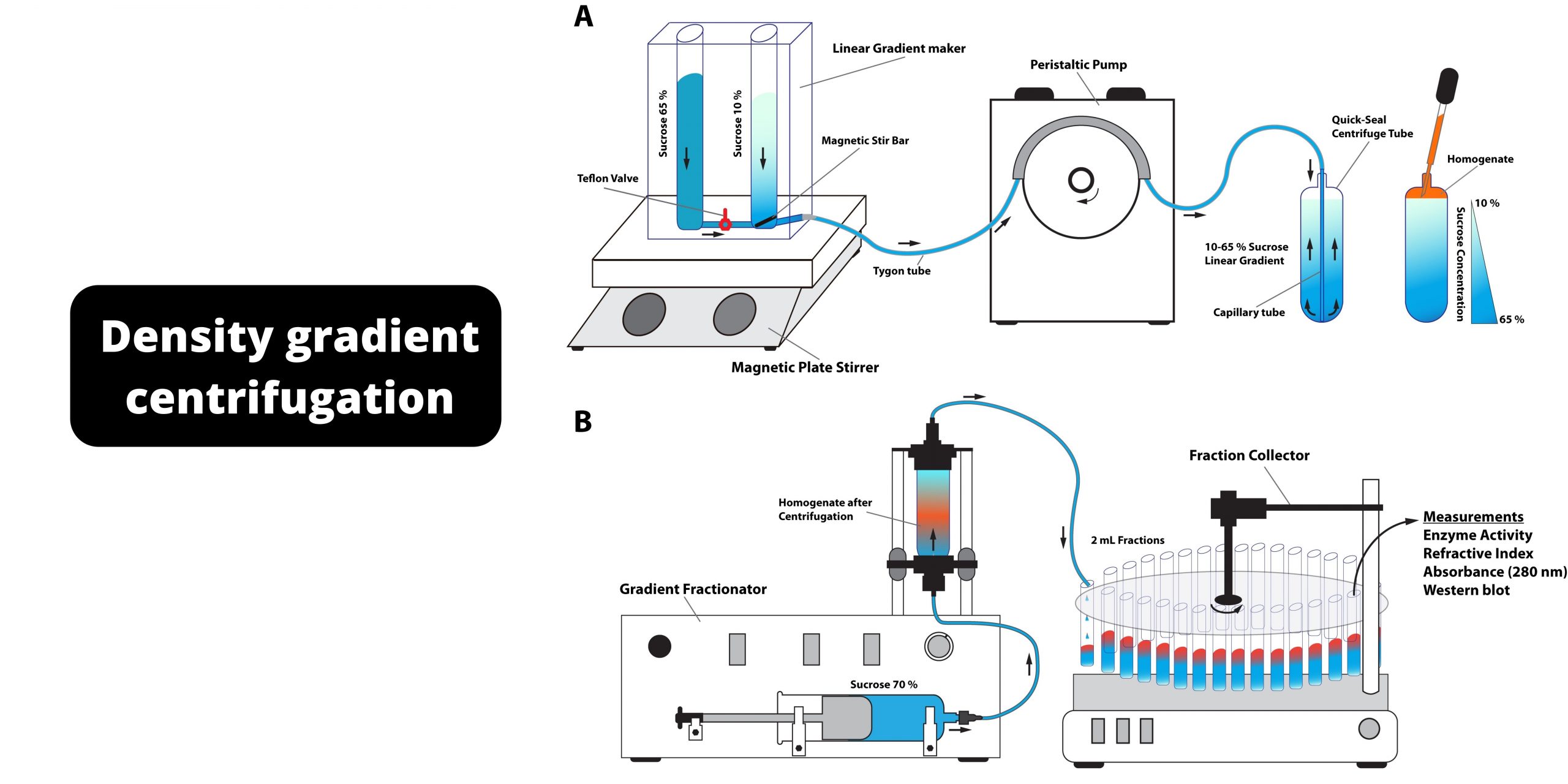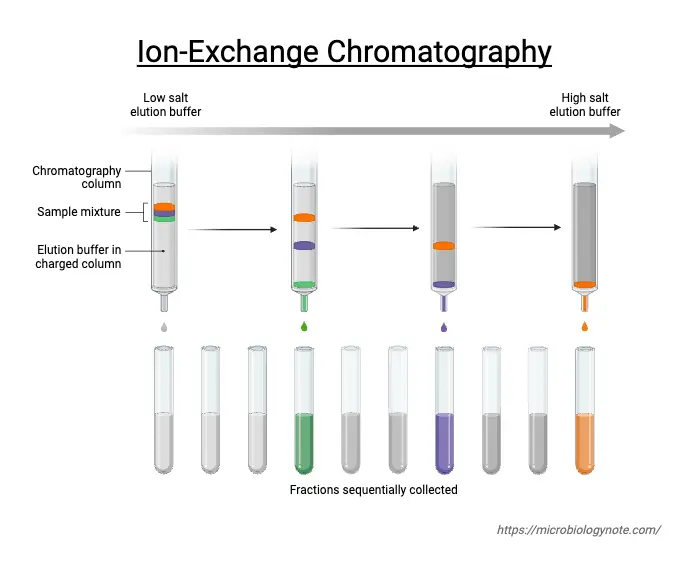GasPak Anaerobic System – Principle, Parts, Application
The GasPak Anaerobic System is a laboratory method used to grow bacteria that thrive in oxygen-free environments, known as anaerobes. Using throwaway sachets filled with compounds like sodium borohydride and sodium bicarbonate helps to create an anaerobic (oxygen-free) environment more quickly. These molecules combine to generate hydrogen and carbon dioxide when water is introduced. The … Read more









